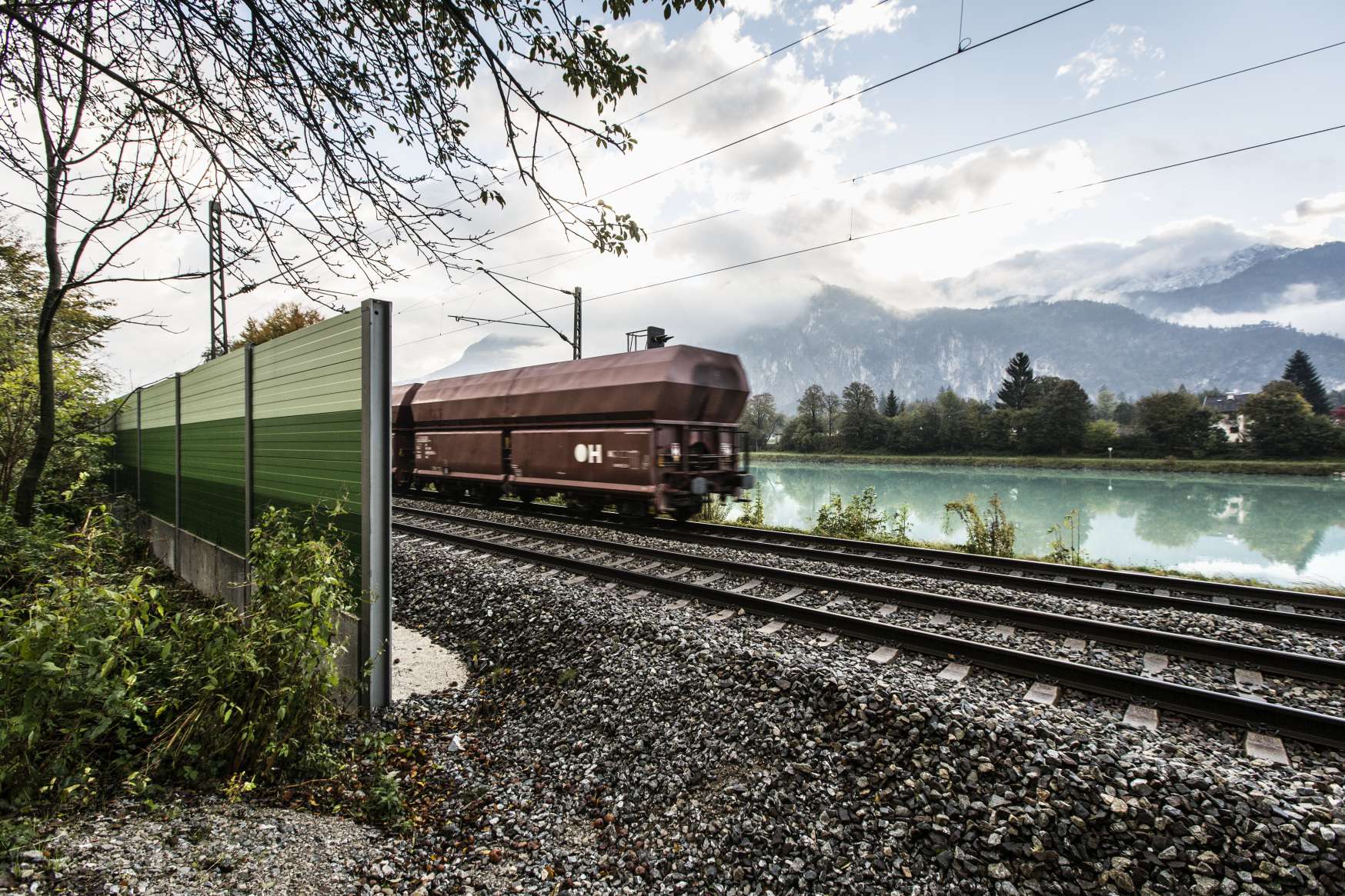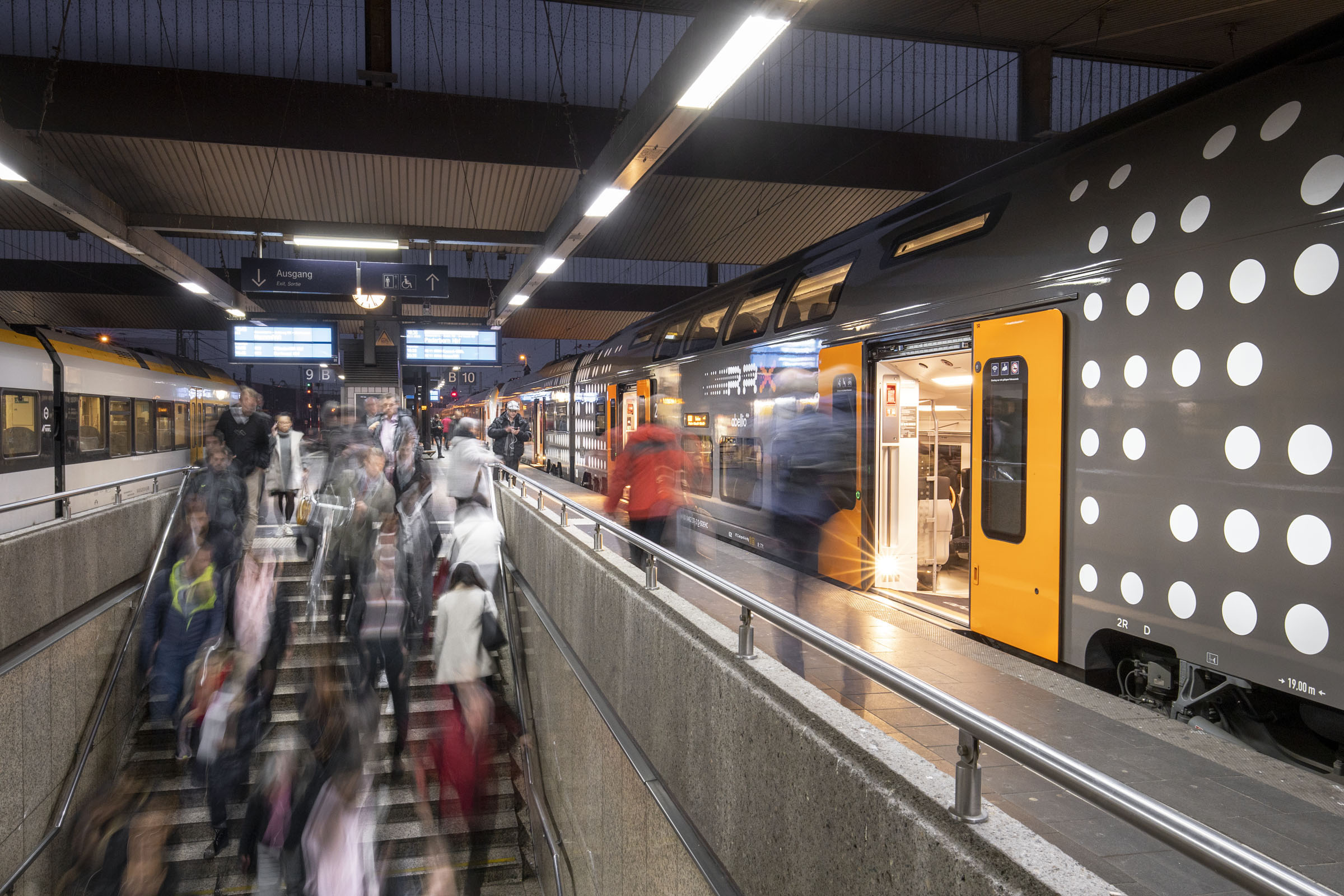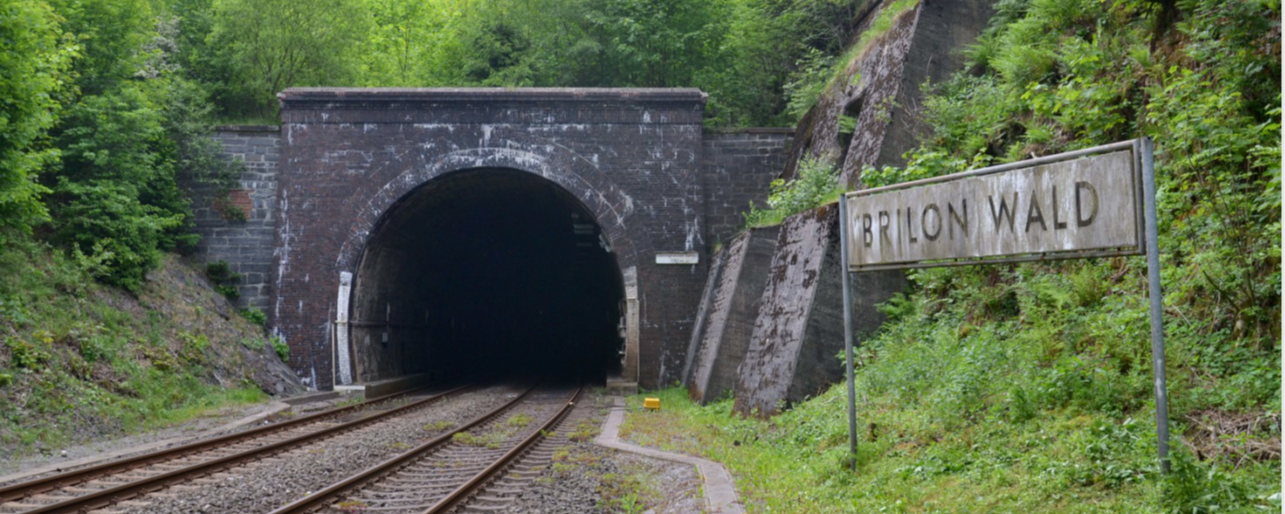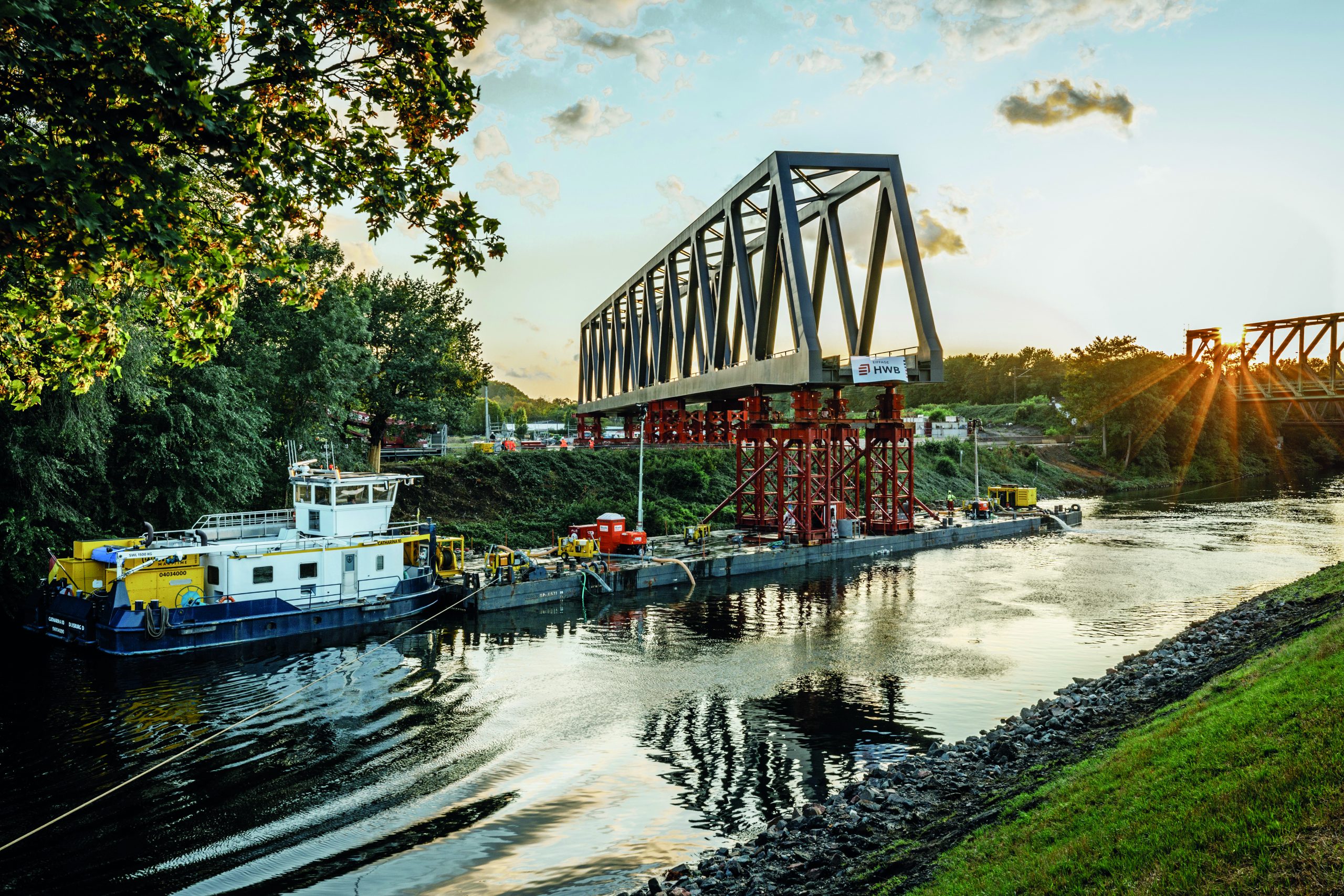
Environmental Planning
Safeguarding ecosystems sustainably and in harmony with land utilization claims
Environmental Planning at DB Engineering & Consulting
Safeguarding ecosystems sustainably and in harmony with land utilization claims
In construction projects, land utilization claims must be reconciled with environmental, climate and nature conservation in order to ensure the sustainable functioning of ecosystems. In the European Union (EU), major construction projects can no longer be approved without environmental planning, and integrating environmental impact designers at an early stage has proven to be very effective. For over ten years now, we have been working on issues relating to environmental planning, ecology and nature conservation. Our designers are deployed throughout Germany and design environmentally friendly and resource-saving solutions, particularly for railway-specific projects. They also support you in determining natural hazards for the plant and its climate compatibility.
Railway installations as a habitat
Railroad installations, open spaces and track ballast as well as batter with ruderal and scrub vegetation provide many species of plants and animals with valuable retreats. Protective measures are particularly important when:
- Upgrading, constructing and reactivating railroad lines
- Modernizing stations and freight facilities
- Maintaining and constructing engineering structures
- Constructing and refurbishing depots and preparation for operations facilities
- Constructing noise barriers
- Freeing up and repurposing land used by the railroad

Our services at a glance
- Questions related to planning and procedural law
- Scientific consulting on all topics relating to environmental protection, nature conservation and species protection
- Quality assurance
- Consulting on dealing with natural hazards and climate change impacts
- Vegetation and biotope type mapping
- Mapping animal habitats – our animal ecologists and biologists map the following groups of species:
- Bats (bioacoustic mapping, including frequency-based manual and automated analysis of bat calls; net capture; use of telemetry to monitor maternity colonies and habitat use; use of infrared camera technology to monitor flight paths on a qualitative basis)
- All other mammals (dormice, beavers, otters)
- Reptiles
- Birds
- Amphibians
- Dragonflies
- Locusts
- Butterflies and moths
- Bivalve mollusks
- Habitats of xylobiont (wood-dwelling) beetles
- Habitats of ground beetles
- Fish
- Round mouths
- Wildlife habitat trees (estimates of potential and use of professional rope climbing techniques (SKT-A) to assess specific aspects)
- Electrofishing
- Environmental construction supervision according to EBA
- Environmental impact monitoring
- Construction supervision landscaping
- Resettlement measures
- Monitoring (compensation measures)
- Noise and vibration measurements
- Examination of the need for an environmental impact assessment (EIA), environmental statement in accordance with Section 7 of the German Assessment of Environmental Impact Act (Gesetz über die Umweltverträglichkeitsprüfung, UVPG) (screening) with all associated examinations
- EIA and scoping documents
- Analysis of animal habitats in the planning area
- Preliminary examination and impact study according to the Directive on the conservation of natural habitats and of wild fauna and flora
- Environmental impact mitigation planning
- Wildlife assessment report and wildlife impact assessment
- Implementation of environmental impact mitigation measures
- Planning requests for proposals in terms of environmental impact mitigation
- Surface water impact assessment reports
- Procedure for ensuring climate compatibility (Climate Proofing)
- Environmental construction supervision (nature conservation, soil and water protection, and pollution control)
- Design, consulting services and implementation of techniques to trap, relocate and resettle wildlife (e.g. reptiles)
- Project- and population-based monitoring
Contact us
Do you want to learn more about Environmental Planning at DB Engineering & Consulting? Contact us via the form and give us some information about yourself and your company, so that we can optimally prepare for initial contact. We look forward to your inquiry!






